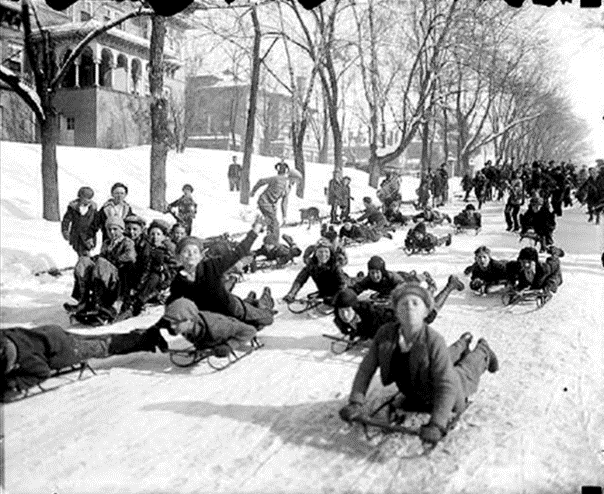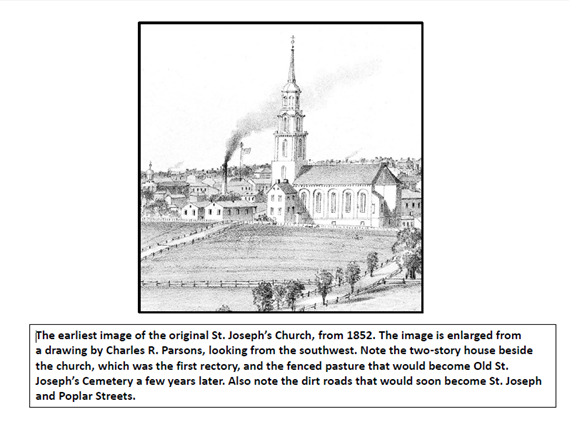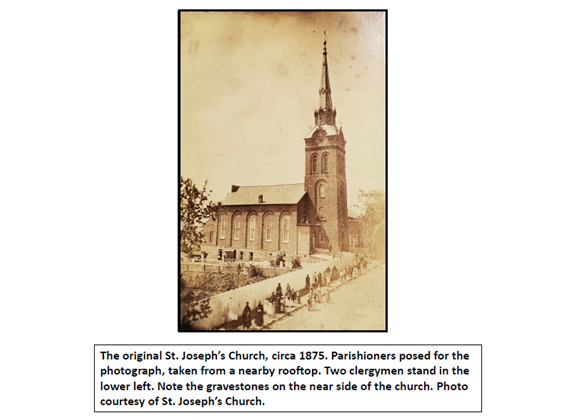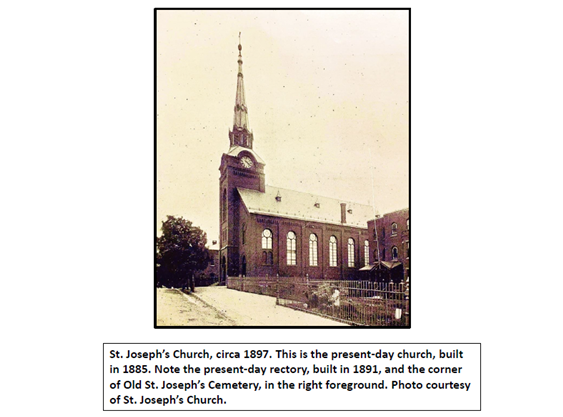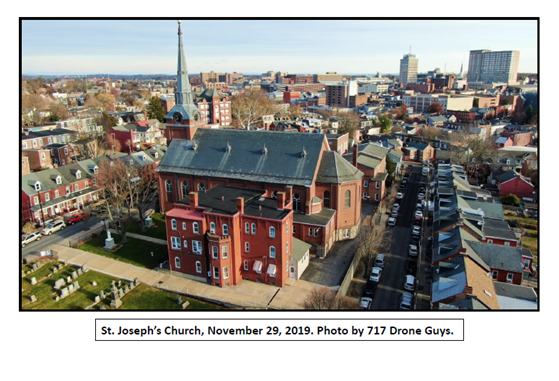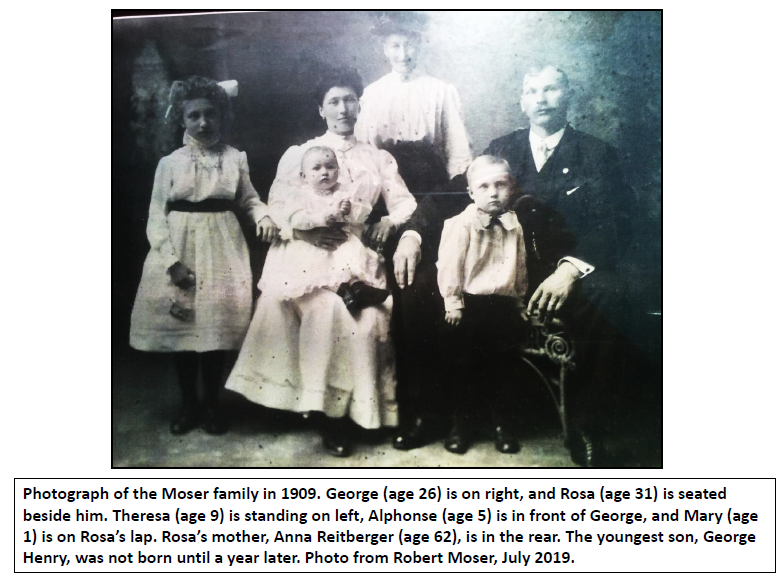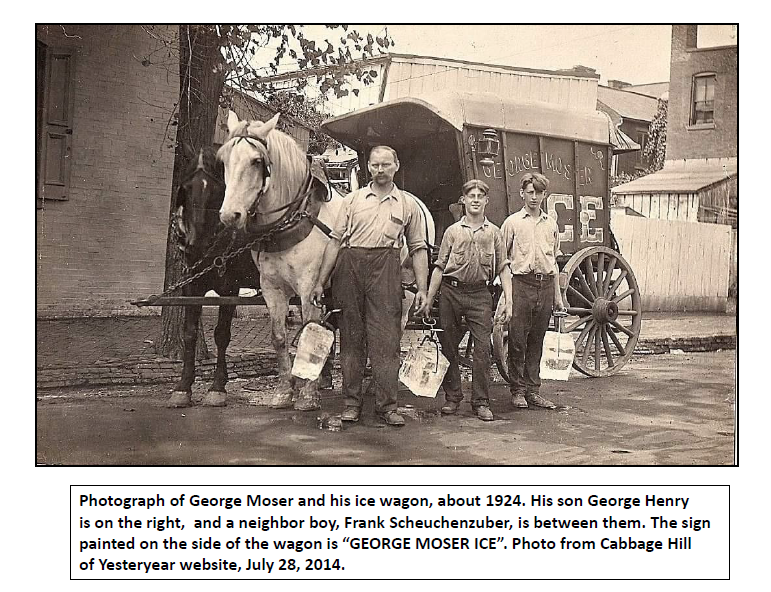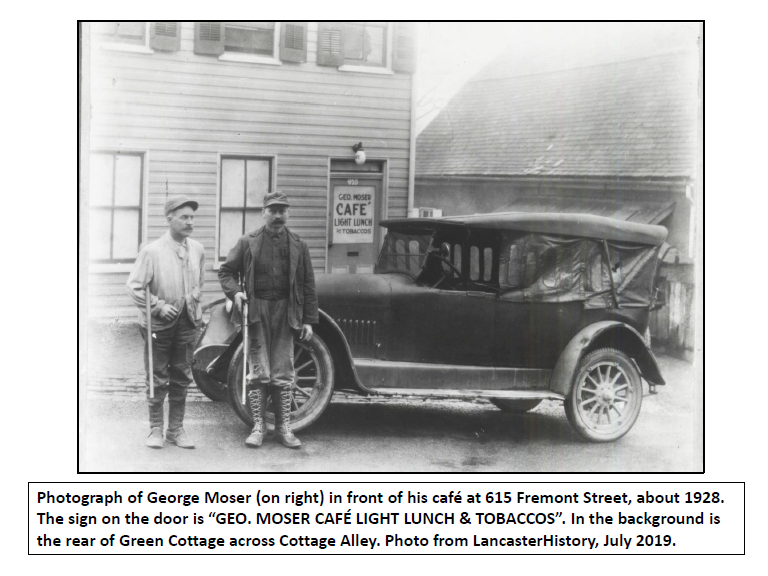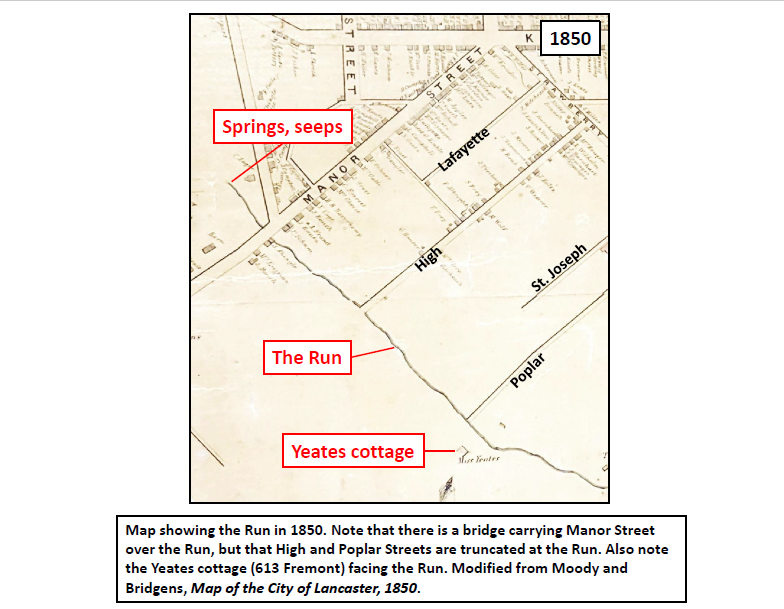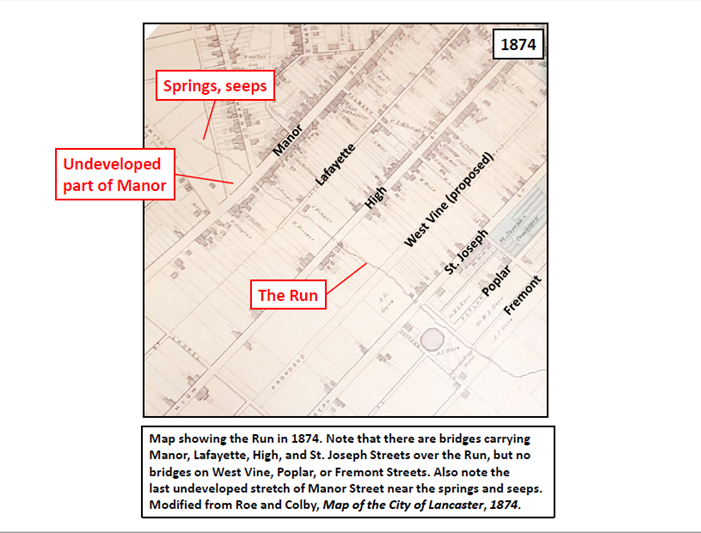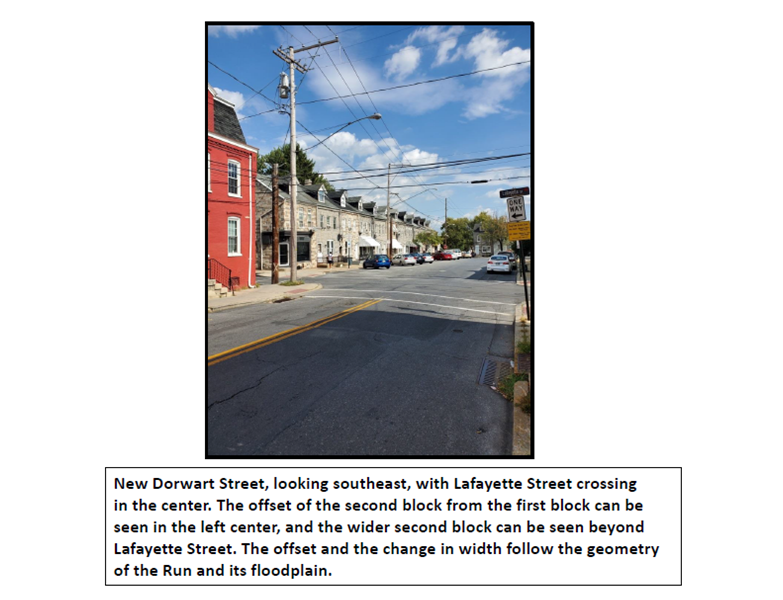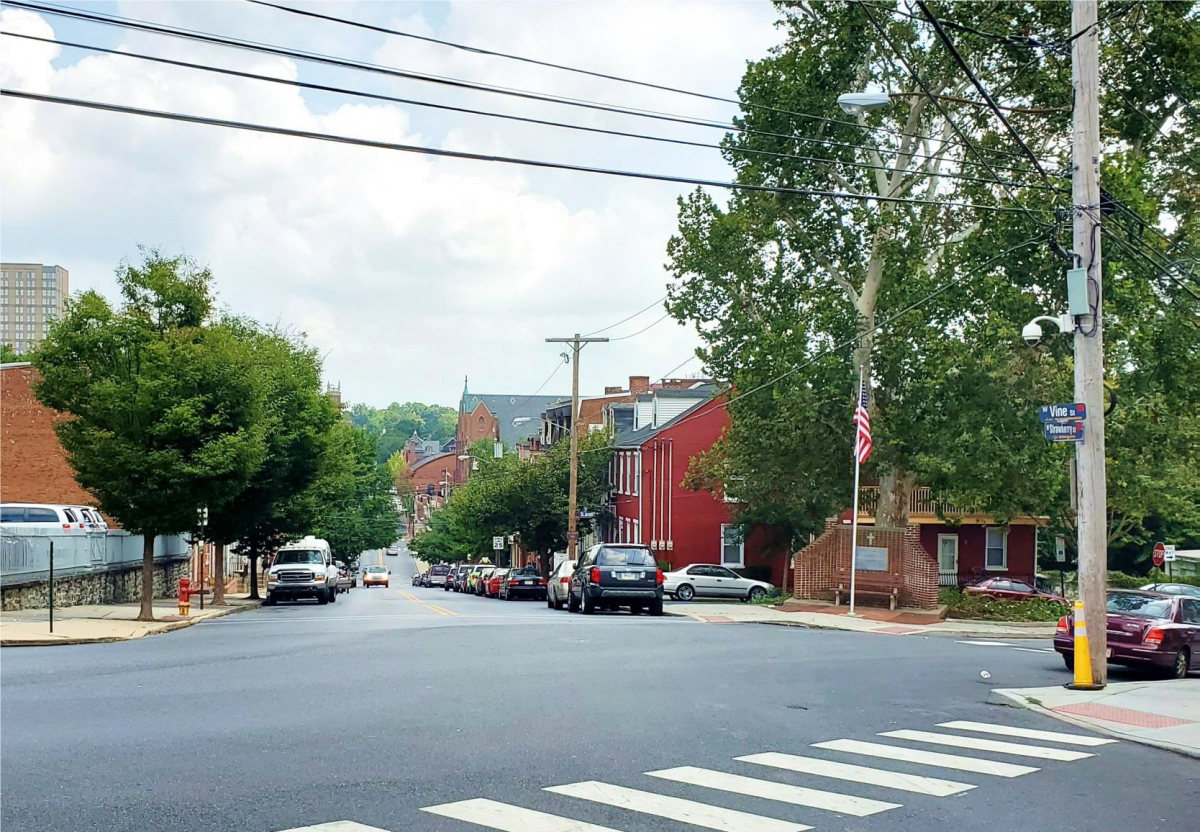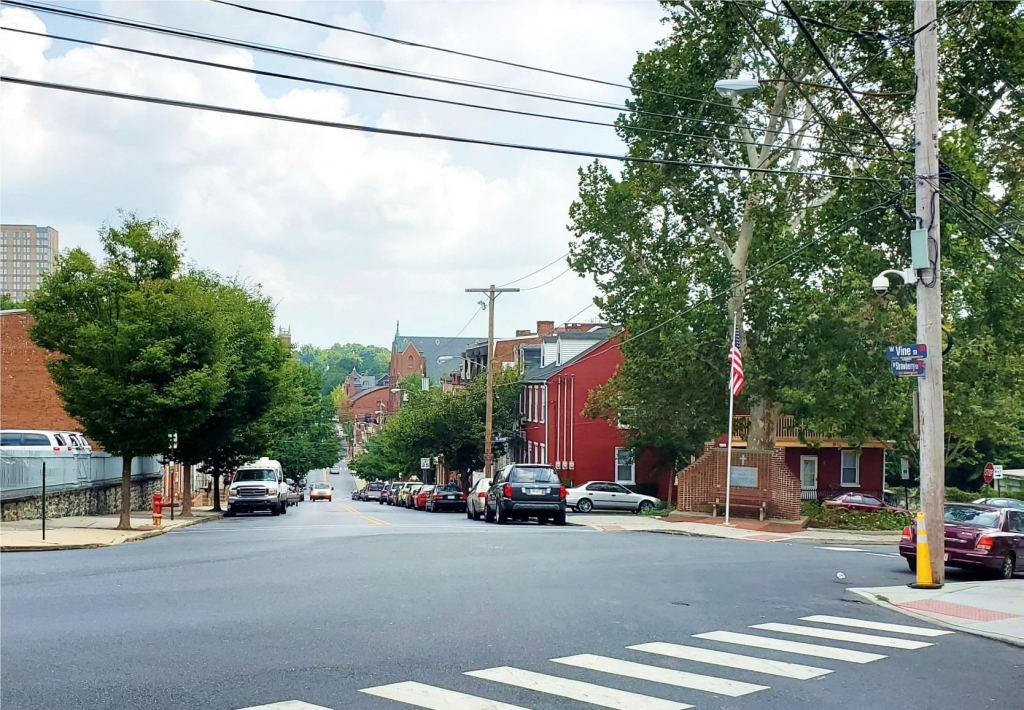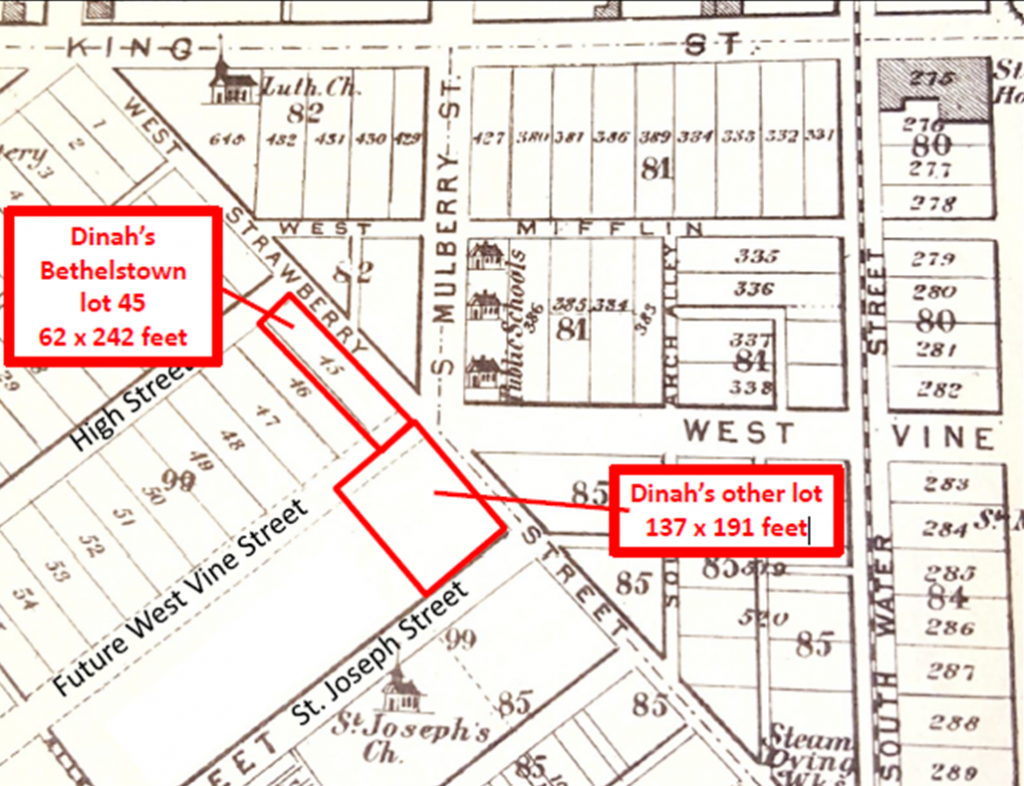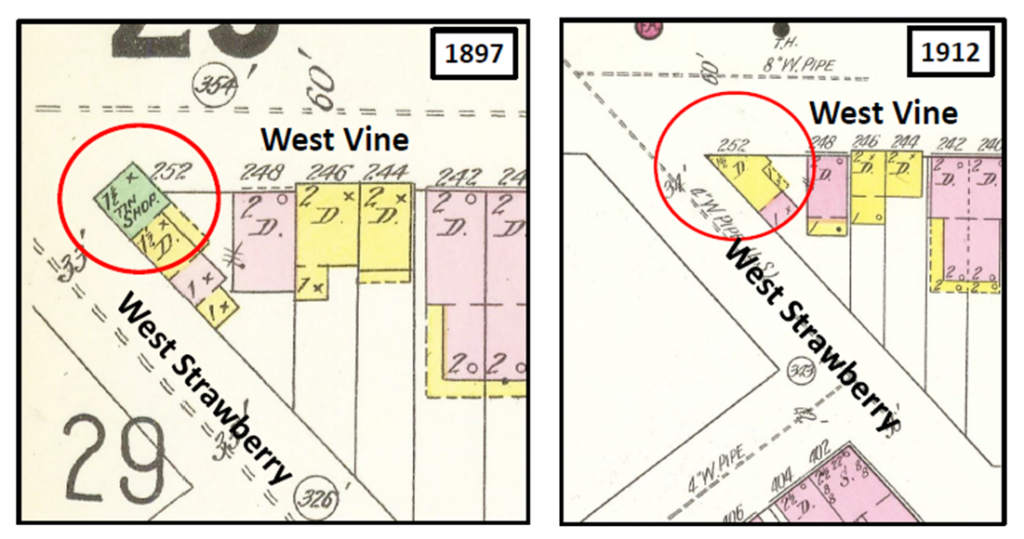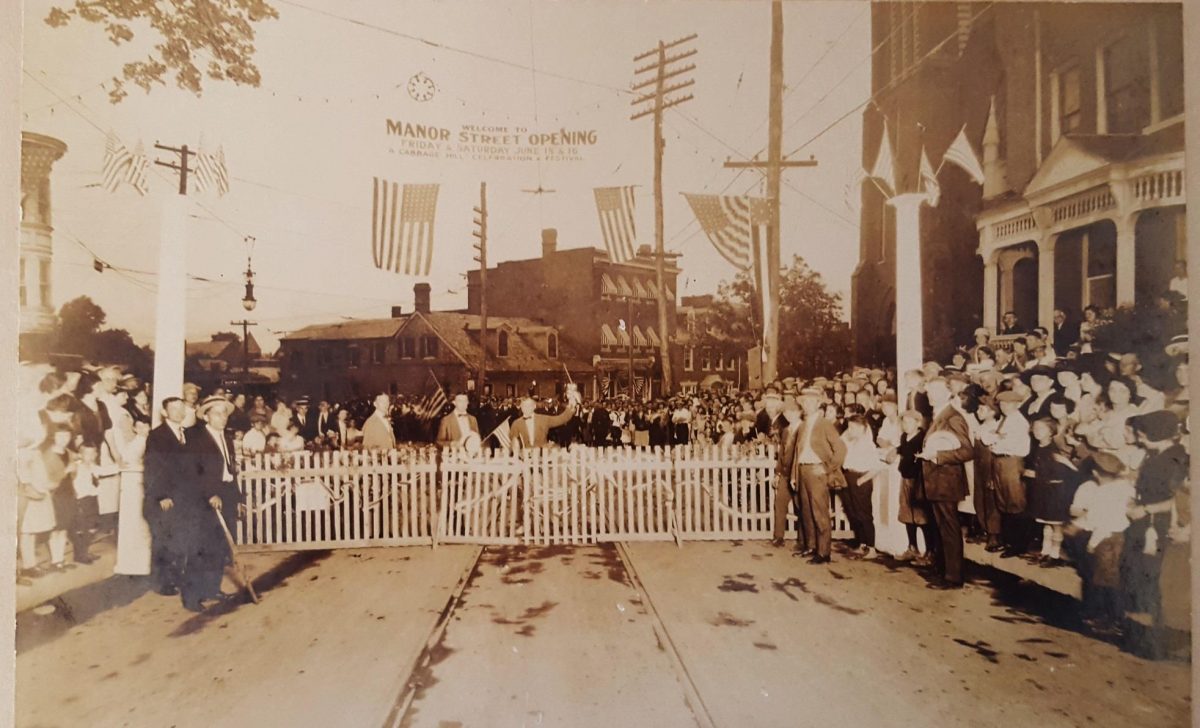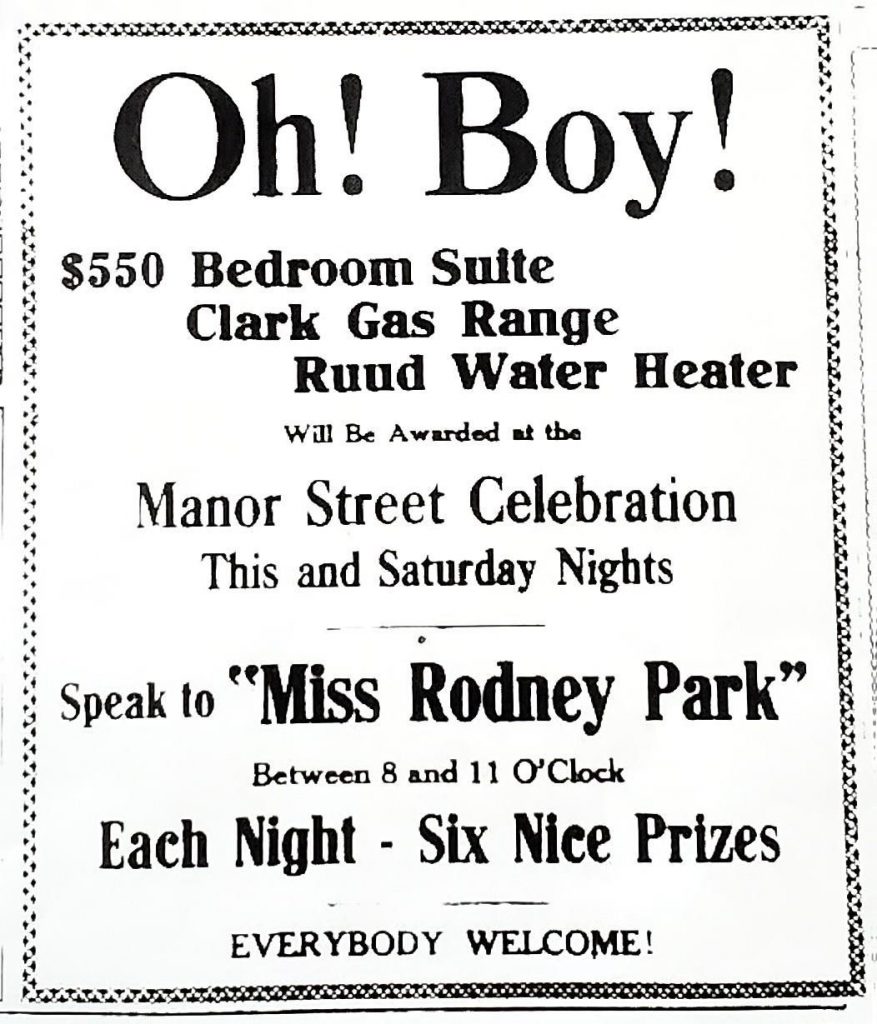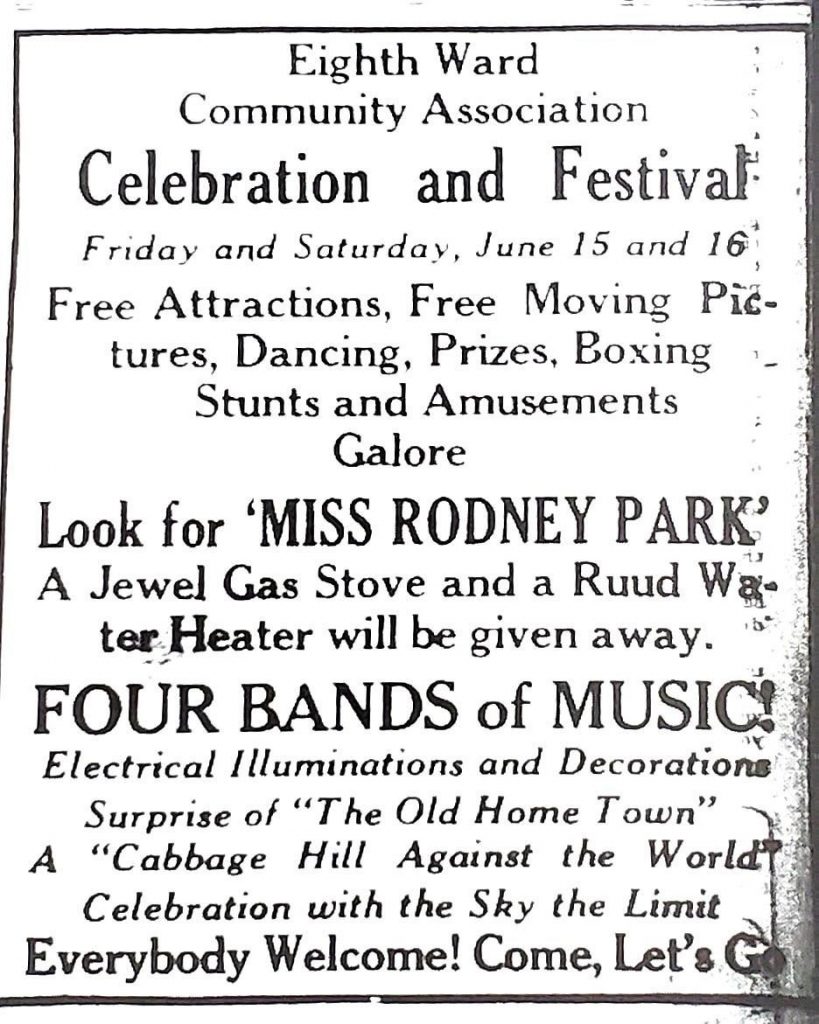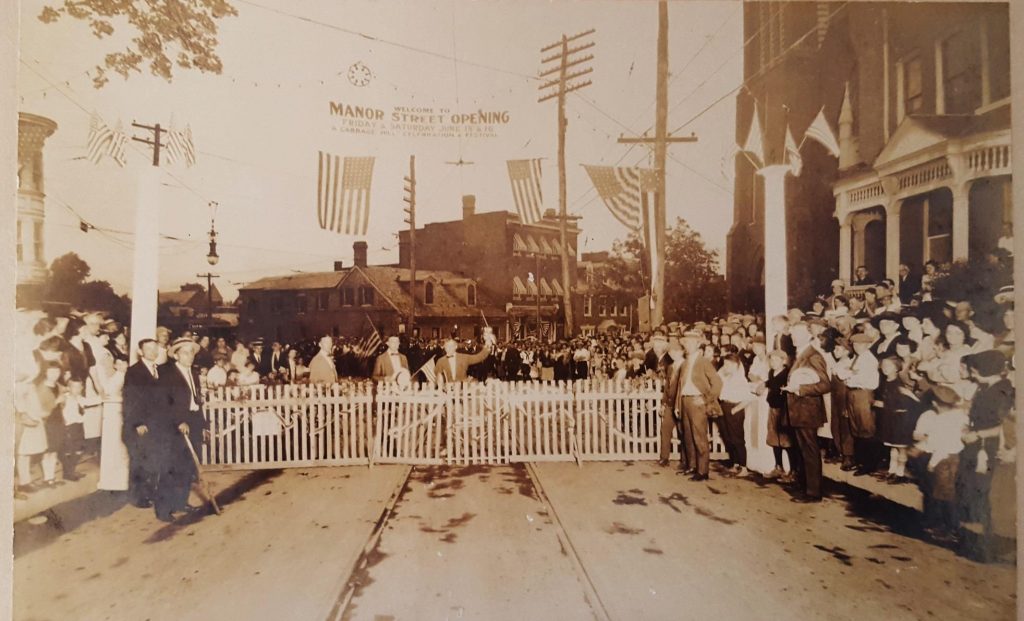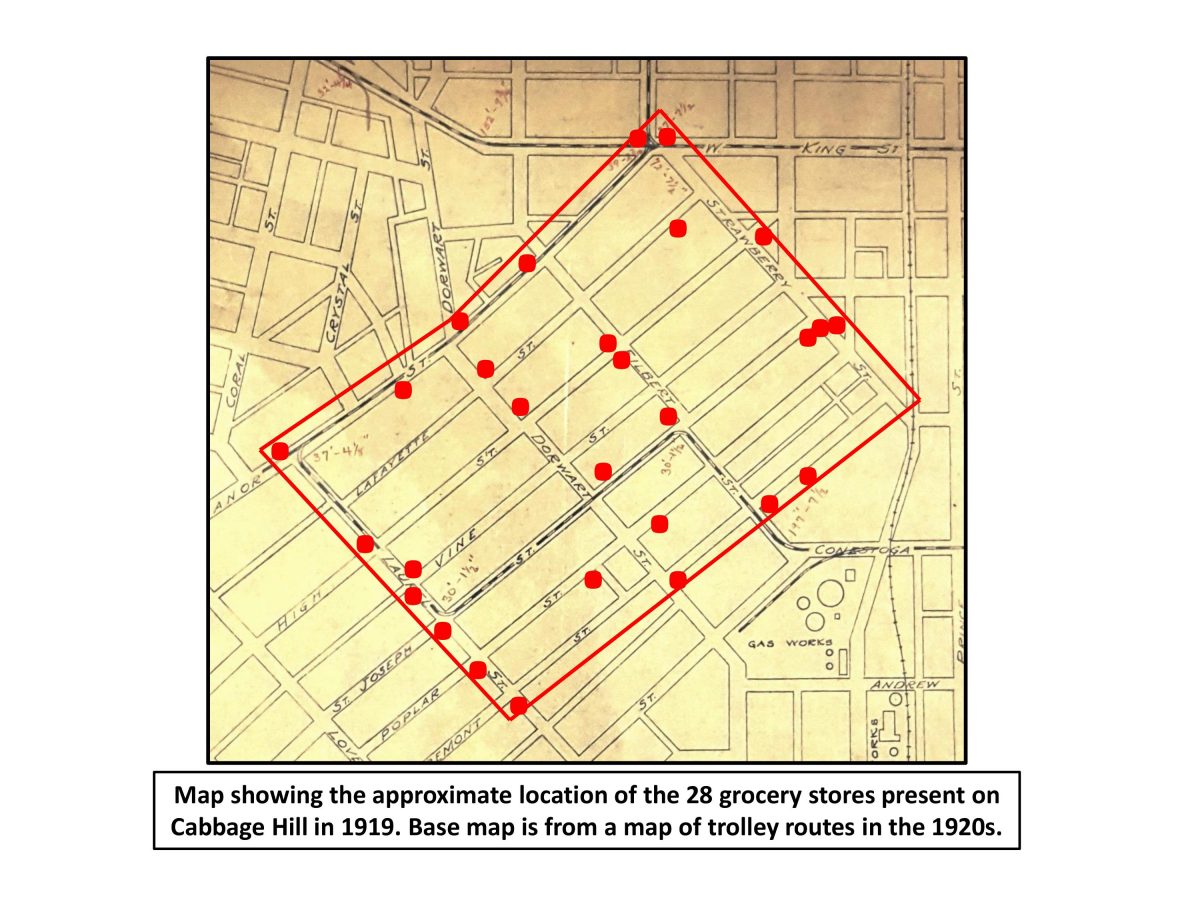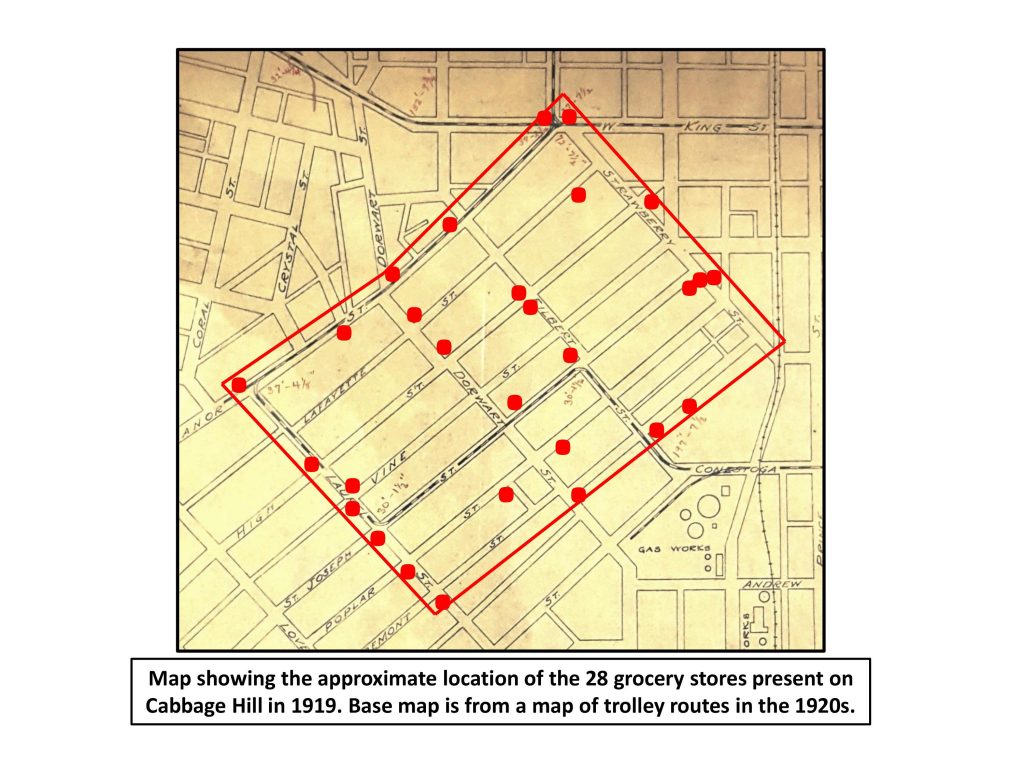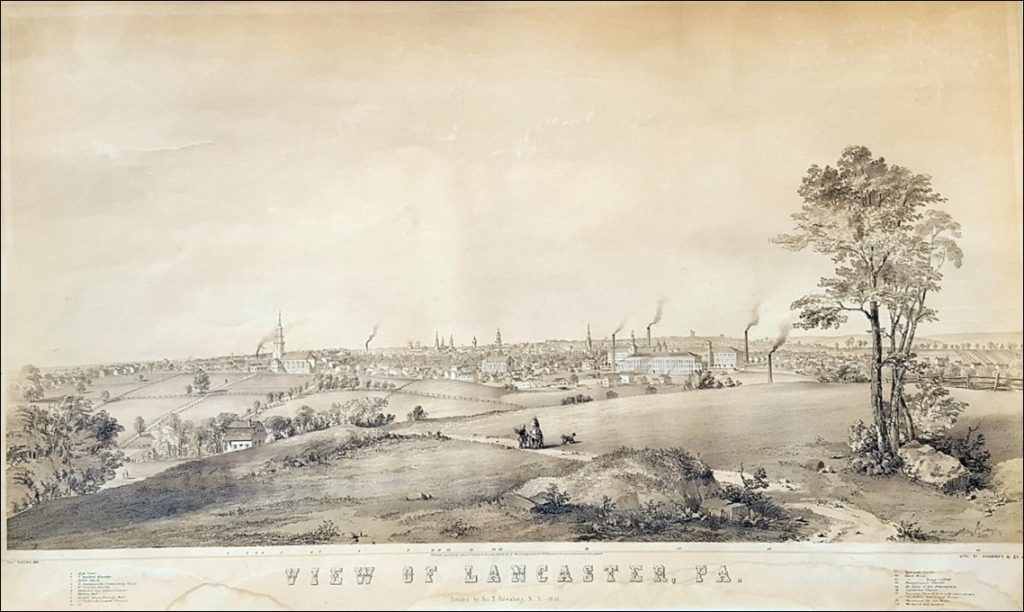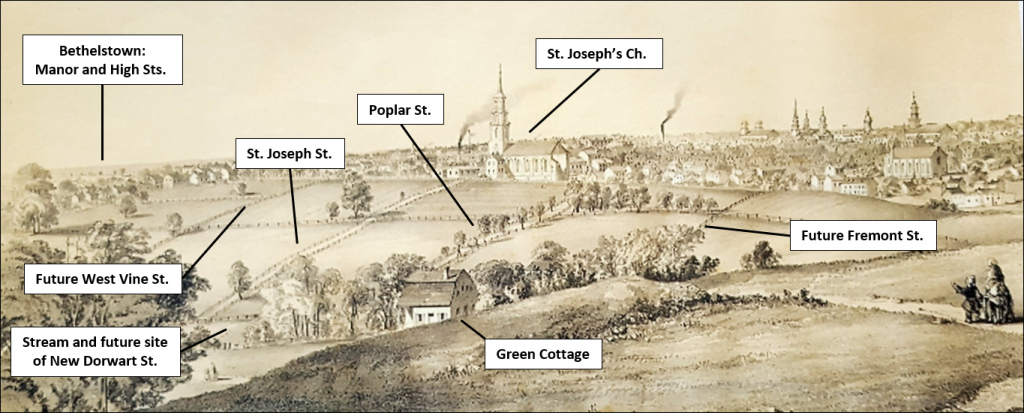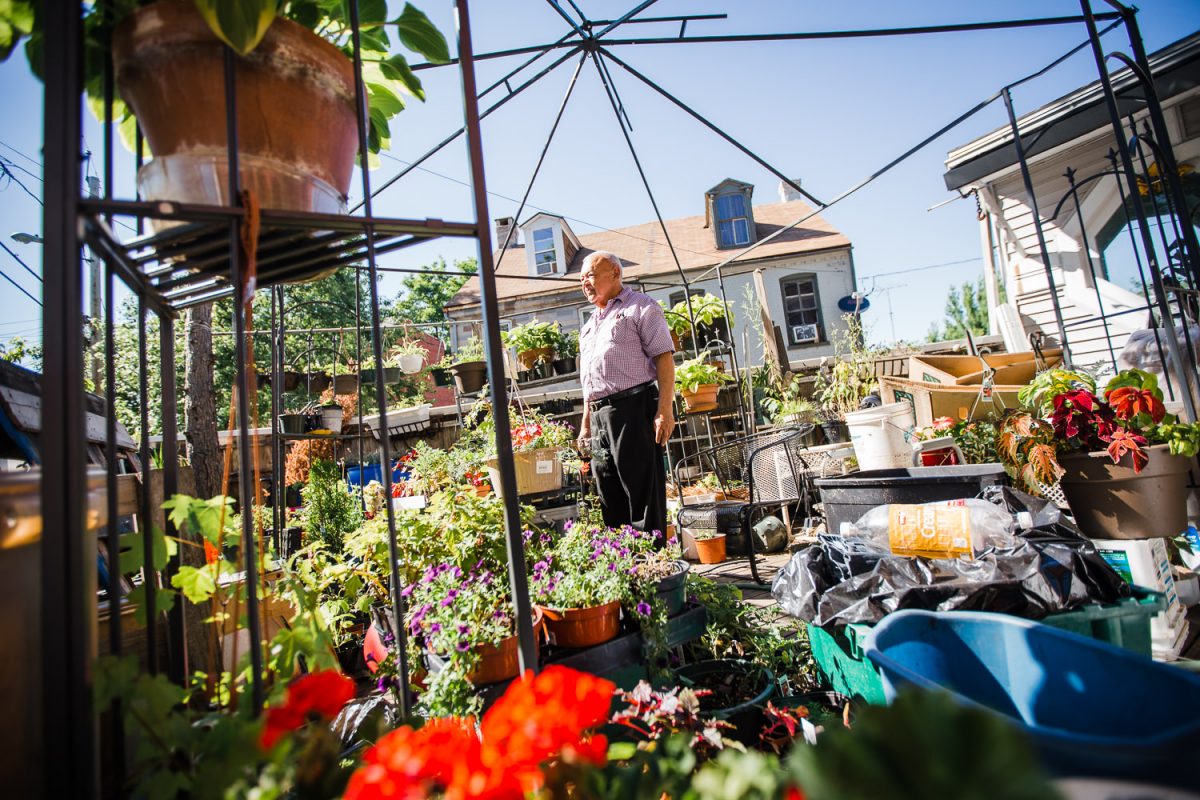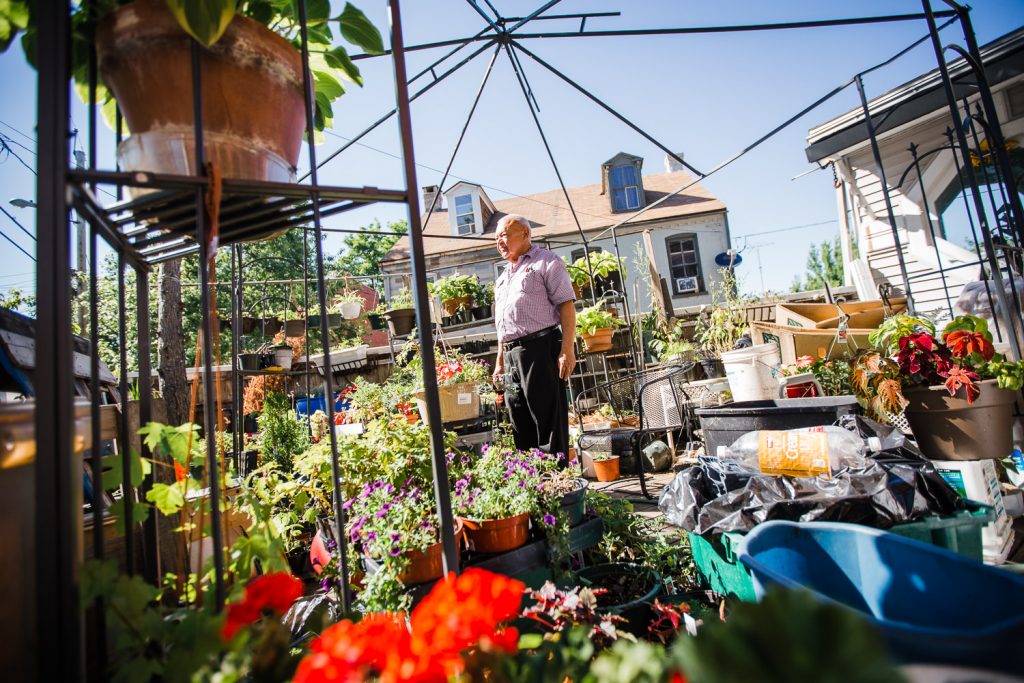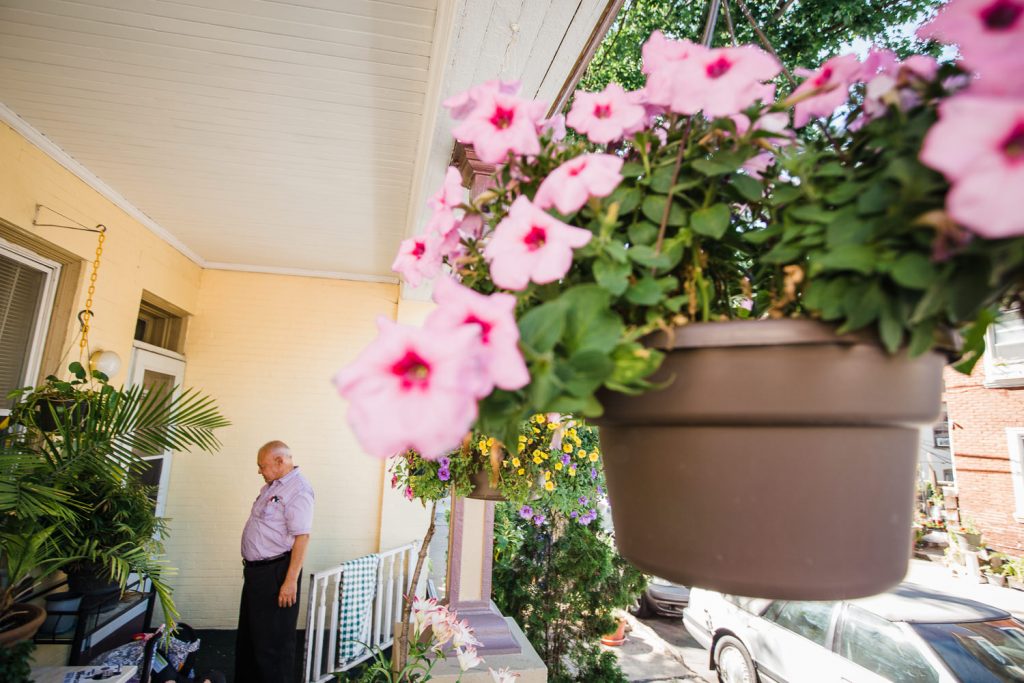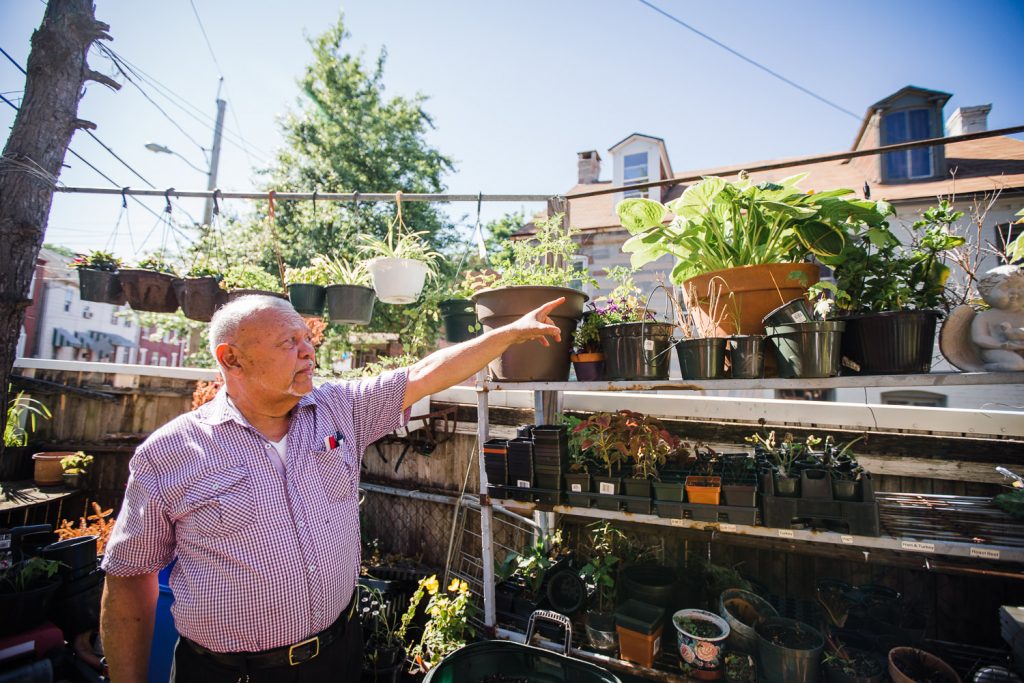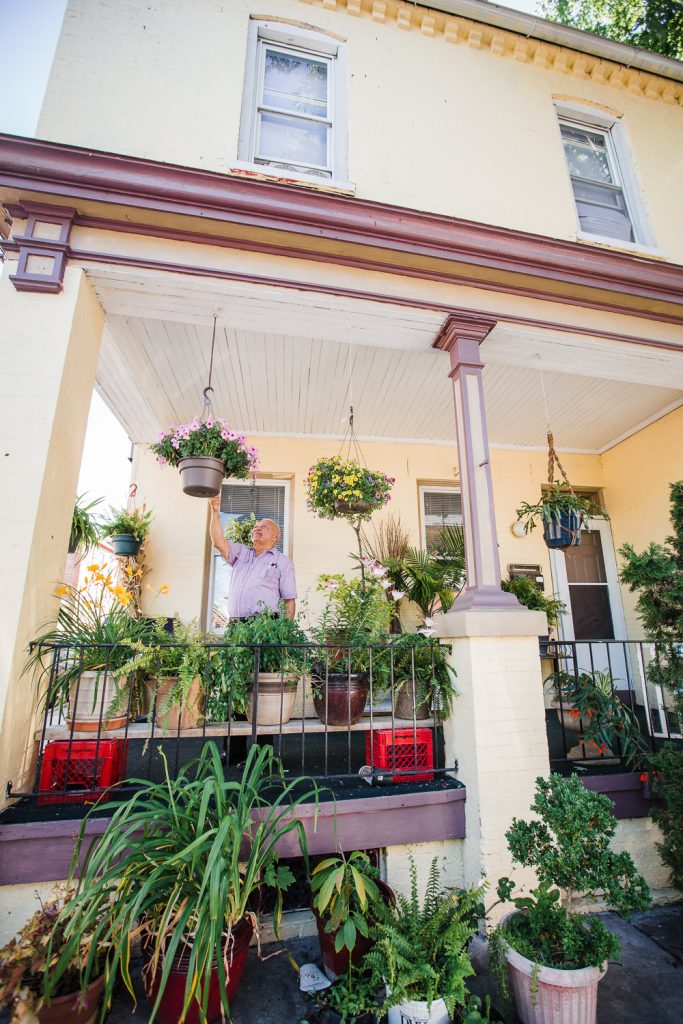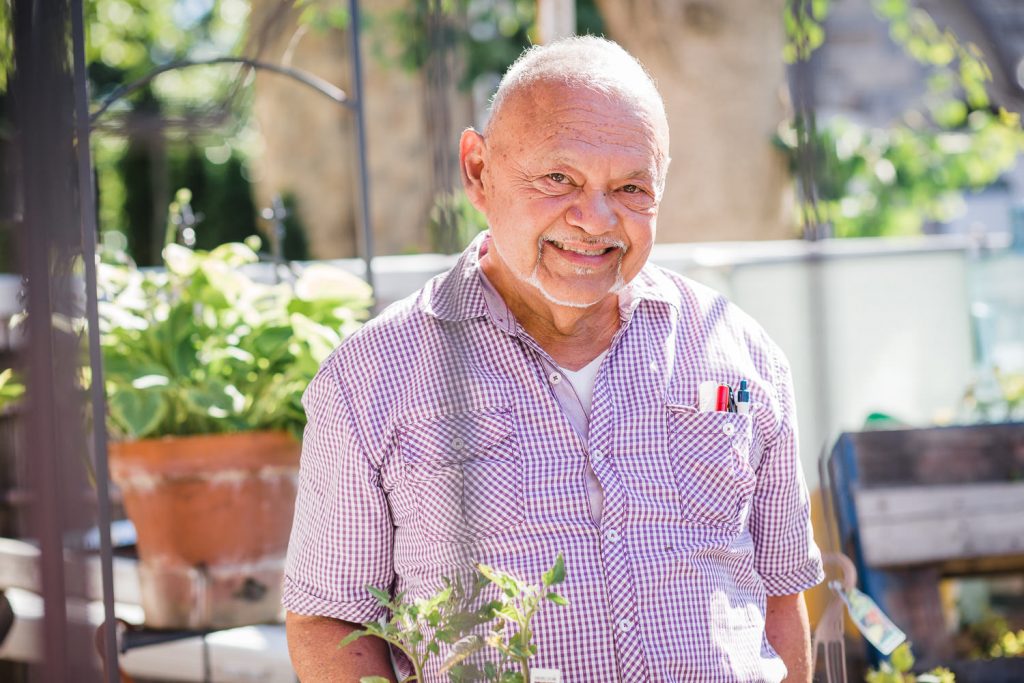Jim Gerhart, January 2020
“The narrow, icy path in the middle of the long and very steep grade was as smooth as glass and the sleds dashed down the icy incline at a speed which nearly took one’s breath.” (January 1892)
Coasting, or sledding as many of us know it today, was once a major form of entertainment during winters in Lancaster, drawing both hundreds of participants as well as thousands of spectators. It was mostly done in the evening, using a variety of sled types, on all the hilliest streets in the city. The steepest and most dangerous coasting spot, and therefore the most popular among Lancaster’s more adventurous young people, was Dinah’s Hill on West Vine Street, on the northeast edge of Cabbage Hill.
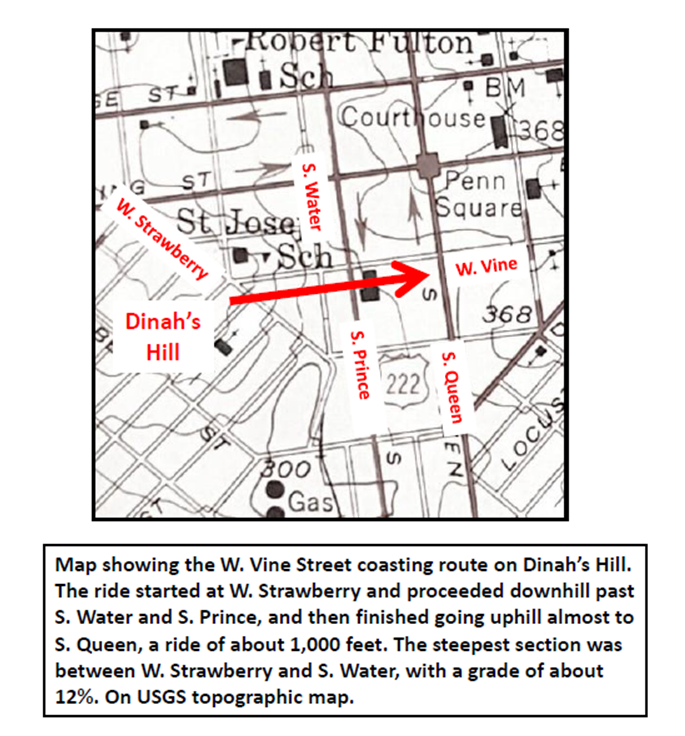
Dinah’s Hill, named for Dinah McIntire, an old African-American fortune teller who lived there, is the northernmost of Cabbage Hill’s two hills, with its highest point along West Strawberry Street between Lafayette and West Vine Streets. West Vine drops steeply from West Strawberry to South Water, at a grade of about 12%, which makes it an ideal street for fast coasting, especially when the snow gets packed down and becomes like ice. It’s no wonder that Dinah’s Hill was the hill of choice for Lancaster’s young coasters, and for the many spectators who came to watch them risk their lives and limbs.
Coasting down West Vine was a dangerous sport. Lancaster’s newspapers carried numerous stories of injured coasters every winter from the early 1870s to the late 1920s. The injuries ranged from bruises to deep cuts to concussions to broken bones. More than once, particularly violent accidents left young coasters unconscious and word would spread that they had been killed. One young coaster actually did die from his injuries in 1875. Doctors in the vicinity of Dinah’s Hill were kept busy on the evenings following snowfalls and ice storms.
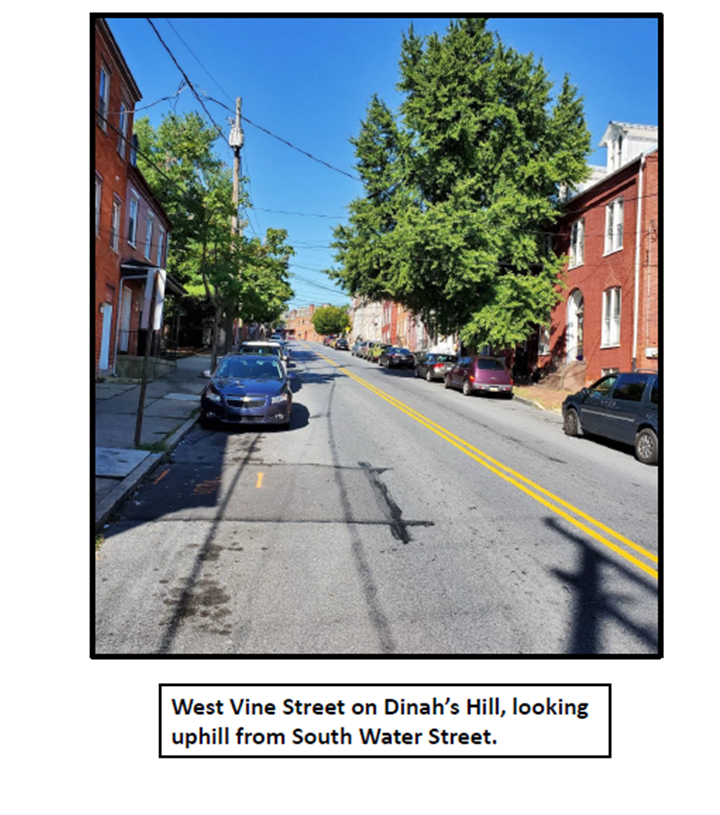
The dangers of coasting on Dinah’s Hill were several. The most serious risk came at the intersections of streets that crossed West Vine, such as Arch, Water, and Prince. Wagons and carriages, and later cars and trucks, crossing West Vine often were the cause of coasting accidents. Pedestrians crossing West Vine also were hit by coasters. But the most serious crossing risk was at Water Street, where trains of the Quarryville Railroad would rumble across West Vine. Other obstacles were lampposts, telegraph poles, trees, and other coasters. Following a spill, the riders strewn across the street were at risk of being run over by the next sled coming down.
A wide variety of sleds were used. Many coasters used small one- or two-person bent-wood sleds with iron rails, but they were sometimes outnumbered by larger sleds such as toboggans and bobsleds. These longer sleds often carried six, and as many as 12-15, riders. One particularly large toboggan-like sled reportedly used in the southeast part of the city was 22 feet long and carried 30 riders. A popular form of the longer sleds used in Lancaster was the “modoc”, which could carry as many as a dozen riders.
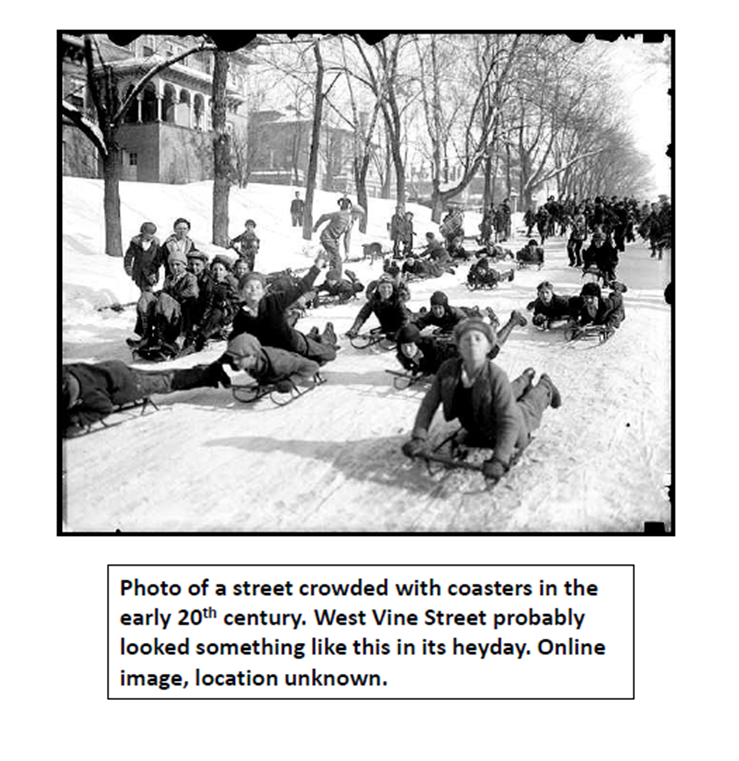
On evenings with favorable coasting weather, more than 500 spectators would line West Vine between Strawberry and Prince. On at least one occasion, a crowd of 2,000 onlookers was reported. On evenings like these, coasting was especially dangerous due to the number of people who might be standing and walking along and on the street. Pedestrian involvement in accidents was not uncommon.
Young people being young people, there was usually some competition to see who could go the fastest, and races would be staged, adding to the risk on a narrow street. The slight rise in Water Street where the railroad tracks were located provided a chance for a sudden bump and jump for the most daring coasters. At times, coasters would turn around after reaching Queen and start coasting back down to Water, against the flow of sled traffic, but the danger of head-on collisions was too high and the police would usually prohibit this practice.
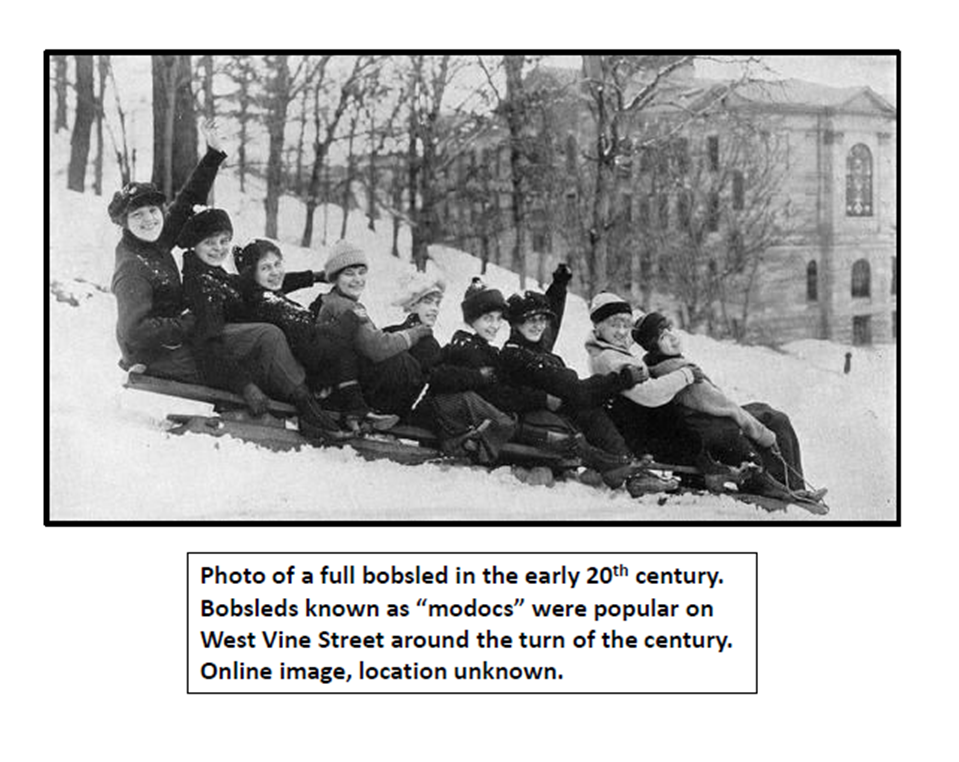
There was a constant struggle between coasters and city authorities to maintain some sort of balance between entertainment and safety. Several times, after particularly close calls or serious injuries, the mayor would impose a curfew, have ashes spread on the icy roads, or temporarily close down coasting altogether. But each year the coasters would be back and the struggle would be renewed. It was difficult to police hundreds of young people on numerous hills throughout the city over several hours each evening. Residents who were affected by the coasting, as well as businesses and the railroad, complained each year until the mayor had to get involved once again.
The newspapers seem to have covered the coasting scene with a bit of a sensationalistic approach. The accidents were usually the reason for the articles, and the headlines were almost always about the injuries. One can picture eager reporters near the bottom of the hill rushing out into the street to accident scenes to record the names of the injured and their injuries. And the language used in the newspaper articles was typically breathless, if not sometimes downright lurid.
Here are a few snippets from newspapers that provide a flavor of the coasting phenomenon on Dinah’s Hill in its heyday from the 1870s to the 1920s, starting with the earliest newspaper story I could find:
“From time immemorial, ‘Dinah’s Hill’, located in the Southern part of this city, has been quite a resort, in sledding seasons, for juveniles. Its length and gradual declivity gives it preponderance, and hence the rush. Last evening the hill was crowded with smiling urchins, male and female.” (January 1871)
“…on some nights the number of persons who came to ‘Dinah’s Hill’ merely to look on, ran into the thousands! It was one of the “sights of the town” and afforded more thrills per minute to onlookers or participants in the fun than any boxing match…” (April 1929)
“A collision was then inevitable, and the sled struck the team (of horses) with terrific force. Both boys were hurled to the ground, and by many believed to be killed. Both were unconscious and lay bleeding in the street.” (December 1902)
”A very painful accident occurred last night to a young man of about twenty years of age, named Martin Metzroth, while coasting down Dinah’s Hill. By some means the sled ran against a tree, striking the young man’s knee with great force against the latter, and knocking the knee-cap off.” (January 1873)
“…four boys on a sled shooting down ‘Dinah’s Hill’ almost ran into a Quarryville engine. They escaped by throwing themselves off. The driving wheel hit their sled and broke it.” (January 1903)
“John Kane, aged 12 years, and son of Patrick Kane, residing on West Vine Street, met with a serious accident on Tuesday evening. While coasting on Dinah’s Hill, he was run into by a sleigh and his heel was struck and badly bruised. Dr. A.J. Herr dressed the wound, but the boy may be permanently crippled.” (December 1880)
“We have heard of many strange accidents. We know of cases of boys, who, in coasting on Dinah’s Hill, have gone under railroad trains without injury. Others have hit automobiles, or, in avoiding them, they have struck trees and pedestrians.” (January 1925)
“…Mrs. R. Frank….stepped directly into the path of a bob-sled speeding down Dinah’s Hill with over a dozen boys and girls aboard. The woman was knocked down and sustained lacerations of the forehead and chin.” (January 1925)
“…one of the coasters, Francis Suter, who, in coming down Dinah’s Hill at a fearful rate of speed, ran his sled and his head against a lamp-post with so much force, that it is feared he will lose one of his eyes.” (February 1872)
“…a badly-frightened motorist reported to police that he had narrowly escaped colliding with a big bob-sled that had streaked across South Prince Street right in front of his car. After the close shave, he said, he stopped the car and was immediately surrounded by a group of angry sledders, who claimed he hadn’t sounded his horn.” (February 1924)
“…several yards before the crossing, the locomotive hove into view. The youths desperately rolled off the sled, tumbling over and over and picking up a variety of ice burns as their vehicle slammed into the wheels of the train and was ground to bits.” (January 1903)
“While Oscar Erb, aged ten years, was coasting on Dinah’s Hill on Thursday evening, he fell off his sled and the sleigh following him, struck the lad. His head was cut open, and he was otherwise bruised about the body.” (February 1914)
“Yesterday afternoon about 5 o’clock as three boys were descending Dinah’s Hill on a sled, they came in collision with a six-horse team that was coming up Prince Street. The sled struck the lead horse and frightened him, rendering him for a moment unmanageable. The boys fell headlong under the horse’s feet, and were in imminent danger of being trampled to death by their hoofs, or crushed beneath the wheels of the heavy wagon. Luckily they escaped unhurt, but the sled was smashed all to pieces.” (February 1873)
“John Kress, the young man who had his leg shattered several weeks ago while coasting on Dinah’s Hill, and who has suffered terribly ever since the accident, died of lock-jaw about 5 o’clock on Saturday afternoon.” (February 1875)
After the 1920s, the increasing number of cars driving on the streets and parked along the curbs, as well as more and more safety precautions on the part of city officials, put a gradual end to the glory days of street coasting in Lancaster. Today, coasting doesn’t seem to be as popular, and most of those who do go coasting do so at parks and other open areas, rather than on city streets. For many years, though, the youth of Lancaster had their fun, and risked their lives, coasting down the best hill in the city—West Vine Street on Dinah’s Hill.

